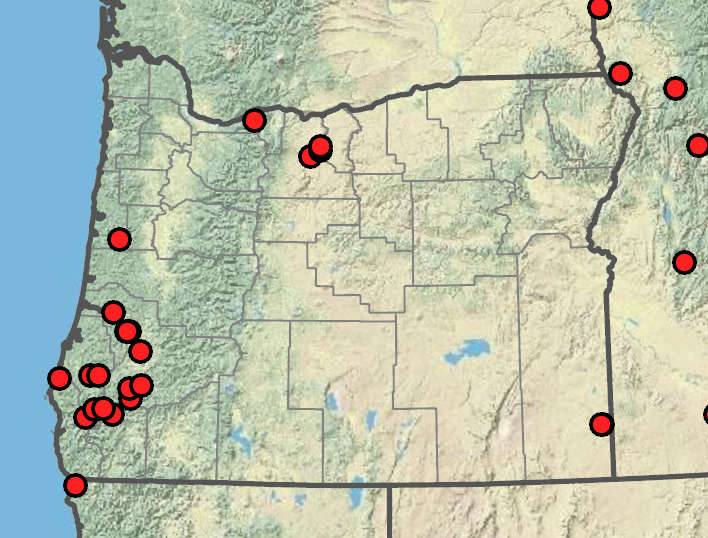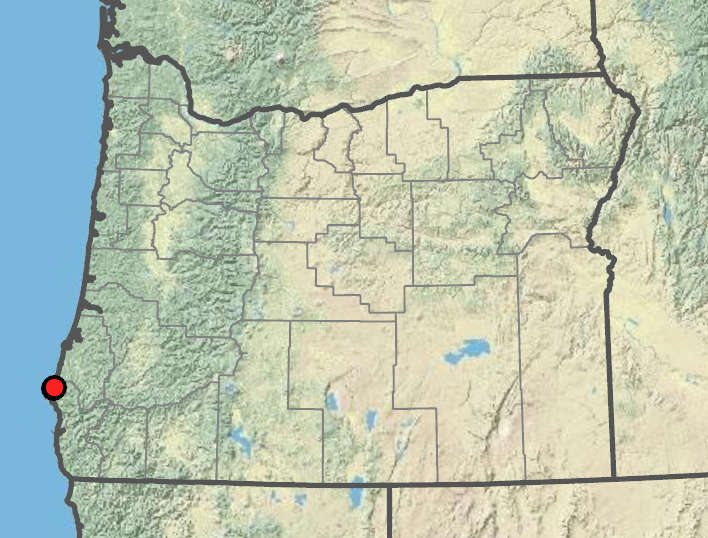Muhlenbergia mexicana
(synonym of Muhlenbergia glomerata)
Muhlenbergia uniflora
wirestem muhly
bog muhly
0.5–2 mm thick; much branched above the base, not nodulose;
internodes dull, puberulent or glabrous for most of their length, sometimes strigose immediately below the nodes.
compressed-keeled, branching at lower nodes;
internodes mostly glabrous or sometimes minutely puberulent below the nodes.
blades 2–20 cm × 2–6 mm; flat, scabrous or smooth, those of the secondary branches similar in length and width to those of the main branches.
blades 1–15 cm × 0.8–2 mm; flat to conduplicate;
lower surface smooth or minutely scabrous;
upper surface minutely hairy.
terminal and axillary, 2–21 × 0.3–3 cm; dense, appressed or diverging up to 30° from the inflorescence axis;
primary branches 0.3–5.5 cm × over 0.1 mm.
2–20 × (0.2)2.5–6 cm; diffuse;
primary branches approximately 0.1 mm thick, ascending, diverging 10–60° from the inflorescence axes, naked basally;
pedicels 0.2–7 mm, glabrous.
1.5–3.8 mm, often purple-tinged.
1.3–2.1 mm; dark purplish to gray.
subequal, 1.5–3.7 mm, approximately as long as or slightly shorter than the lemmas, 1-veined, tapering from the bases to the acuminate tips; awnless or awned; awns; if present; to 2 mm.
equal, 0.4–1.3 mm, glabrous on the veins, 1-veined;
tips scabrous; acute to obtuse, sometimes erose; awnless.
1.5–3.8 mm, lanceolate, pubescent on calluses and lower portion of the midveins and margins;
hairs shorter than the florets; less than 1.5 mm long;
tips minutely scabrous, acuminate; awnless or awned;
lemma awns 0–10 mm.
1.2–2 mm, oblong-elliptic; dark purplish to gray, glabrous, faintly 3-veined;
tips acute to obtuse; awnless.
0.3–0.5 mm; yellowish to purplish.
0.6–0.9 mm, purple.
=40.
Muhlenbergia mexicana
Muhlenbergia uniflora
Throughout North America. 2 varieties.
Muhlenbergia mexicana flowers relatively late in summer after river levels drop. It is seldom collected. The similar M. andina has lemma hairs about as long as the lemma body.
Bogs and lakeshores. 0–100 m. Est. British Columbia, northeastern North America. Exotic.
Muhlenbergia uniflora is a diffuse-panicled bog grass that resembles M. minutissima, which has smaller spikelets with minutely hairy glumes and lives in alkaline habitats. Muhlenbergia uniflora was first collected in a Curry County cranberry bog in 1997 and was likely introduced with planting stock from eastern North America.
Barbara Wilson, Richard Brainerd, Nick Otting
Barbara Wilson, Richard Brainerd, Nick Otting
- Local floras:
BC,
OR,
WA
- Local Web sites:
Flora NW,
PNW Herbaria
WildflowerSearch
iNaturalist (observations)
USDA Plants Database
- LBJ Wildflower Center
- SEINet
- Plants of the World Online
- Encyclopedia of Life
- Wikipedia
- Google Image Search



